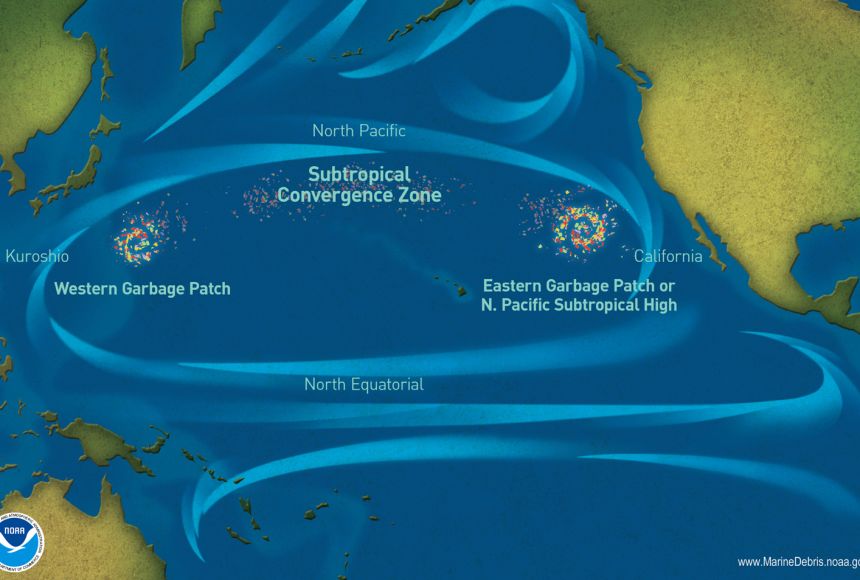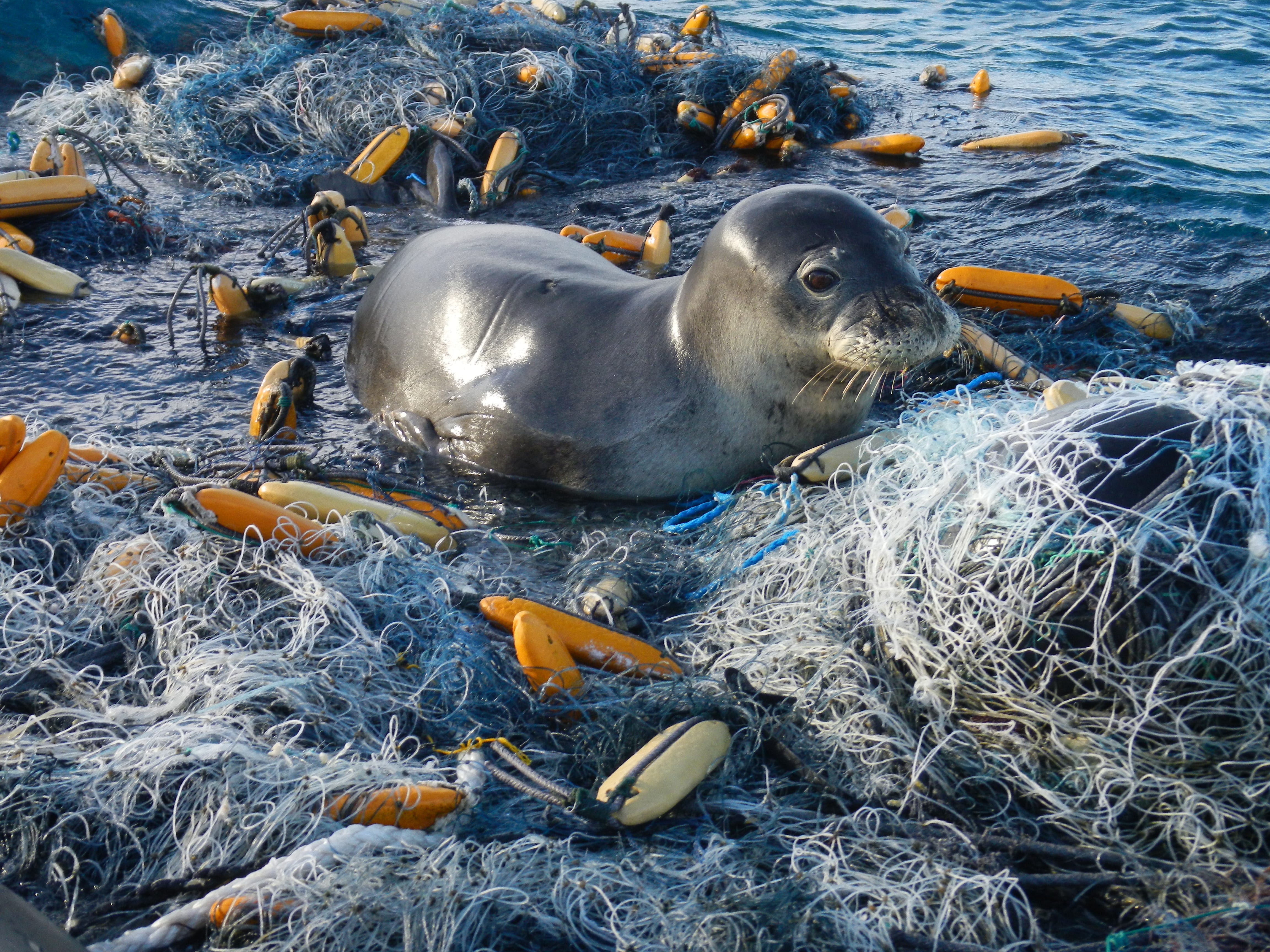Imagine the following scenario. You are taking a walk down the street and see an empty beer can on the side of the road. Your first thought is likely that it’s a piece of trash and should be disposed of. Maybe you even take the time to put it in a trash bin. Now imagine the same scenario, but the beer bottle has a label indicating it’s from the Revolutionary War era. Now the bottle probably has significantly more value as a historical artifact. The question is, when do we consider something trash, and when do we consider something as having enough archaeological significance to preserve its existence?
A perfect example of this is the Great Pacific Garbage Patch (See Figure 1), discovered in 1997 by Charles Moore, who used drones to find the massive expanse of plastics and other non-biodegradables (National Geographic 2022). As Alice Gorman says in her book, Dr. Space Junk vs. The Universe, “what is junk to most is what archaeologists find most valuable” (Gorman 2019, 118). This is not only applicable to the context of extraterrestrial debris, but also to debris on earth. Even though it was only discovered in 1997, the patch had to have existed for years before then for Moore to have discovered it at the size that it was. While many marine biologists have pointed to the fact that the enormous garbage dump, growing by “an estimated 2.41 million tons of bottles, bags, and other polymer materials” (Deer 2021) each year, has caused serious damages to the surrounding oceanic wildlife, (see Figure 2), some of the trash discarded could provide valuable insights into life in the past.
Also in her book, Gorman suggests the creation of a heritage list to determine which space debris should remain in orbit and which should be removed (Gorman 2019), something that could also be useful for future cleanup efforts in the garbage patch. Similar to how the Voyager Golden Records might someday provide insight into humanity for alien life, the presence of a mass garbage dump without the threat of being buried under layers of dirt and soil could provide future humans invaluable information regarding how we lived years before. Indiscriminate removal of all trash in the patch could potentially destroy years worth of artifacts. Currently, a number of different organizations are working to limit the spread of the garbage patch (National Geographic 2022) just as many spacefaring organizations are working to remove space junk from orbit. Alice Gorman has already established the importance of archaeology in extraterrestrial contexts, and by the same principles, archaeology should play an equal role in the cleanup of trash in a place that could hold objects of great cultural significance to certain groups and individuals.
Just as leaving culturally significant objects in space increases the chance of collisions, leaving trash in the ocean causes undeniable environmental issues. However, it is the role of the archaeologist to determine what from humanity’s past should be removed, and what should remain as a reminder of our past.
Figure 1:

Figure 2:

Other Readings
Information on the Great Pacific Garbage Patch: https://theoceancleanup.com/great-pacific-garbage-patch/?gad_source=1&gclid=Cj0KCQiAyKurBhD5ARIsALamXaG3oY-JOZNYmQkAHCoJkzGoy7Z-jYQ5NZ9sBFLpsQBiYUvtSBitoyYaAooUEALw_wcB
Information on Garbology: https://fee.org/articles/rubbish-the-archaeology-of-garbage/
References
Gorman, Alice. Apr. 2019. Dr Space Junk vs the Universe : Archaeology and the Future. Sydney NSW, NewSouth Publishing.
National Geographic. 2022. “Great Pacific Garbage Patch.” Education.nationalgeographic.org. National Geographic. June 2, 2022. https://education.nationalgeographic.org/resource/great-pacific-garbage-patch/.
Deer, Ryan. 2021. “The History and Future of the Great Pacific Garbage Patch.” Www.roadrunnerwm.com. Roadrunner Recycling INC. June 3, 2021. https://www.roadrunnerwm.com/blog/the-history-and-future-of-the-great-pacific-garbage-patch.
NOAA. 2022. Great Pacific Garbage Patch. Article Image. National Geographic. https://www.google.com/url?sa=i&url=https%3A%2F%2Fwww.nationalgeographic.org%2Fencyclopedia%2Fgreat-pacific-garbage-patch%2F&psig=AOvVaw33fsDLsjLEjN_vVY6kxHl3&ust=1701739300364000&source=images&cd=vfe&opi=89978449&ved=0CBIQjRxqFwoTCJjpu_PO9IIDFQAAAAAdAAAAABAD.
NOAA. 2018. Hawaiian Monk Seal Entangled in Discarded Fishing Nets. Article Image. USA Today. https://www.gannett-cdn.com/presto/2018/08/29/USAT/5c8499f4-e5c1-4a85-9f9b-19709fde91af-Hawaiian_monk_seal.jpg?width=600.

“However, it is the role of the archaeologist to determine what from humanity’s past should be removed, and what should remain as a reminder of our past. ” — By what criterion should archaeologists determine the value of past reminders? Do archaeologists truly hold the right to make that evaluation/decision; why or why not?